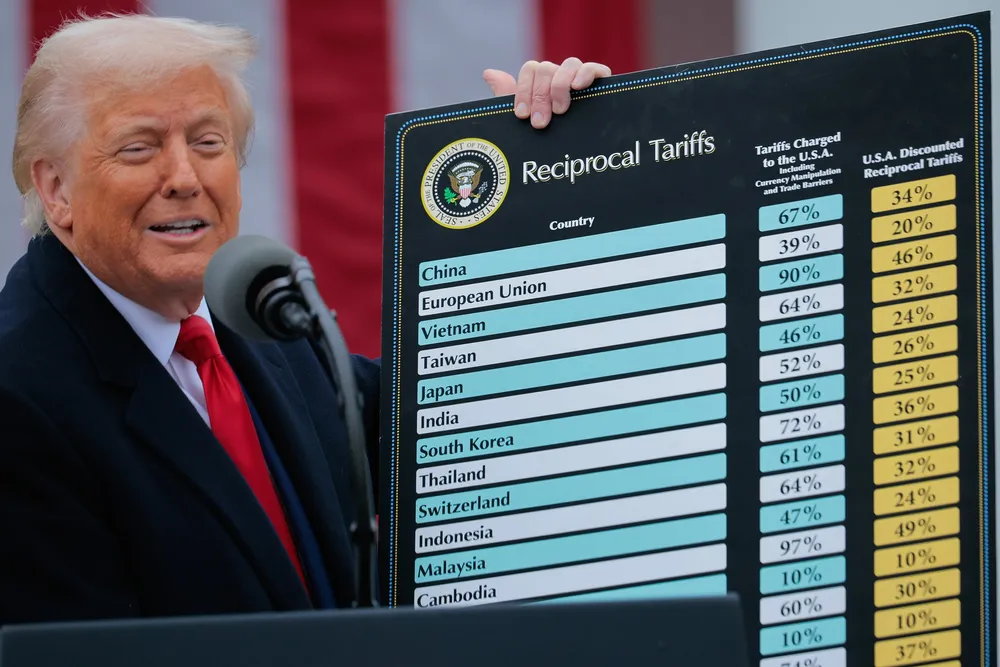US clean energy in 'uncharted waters' with Trump tariffs
Cost escalation expected especially for solar, but nuclear sector sees them as crucial to sparking national reindustrialisation

Yesterday President Donald Trump announced the US will impose a 10% tariff on all imports, and higher 11% to 50% rates for products from 60 nations, some of whom are key supply sources for the clean energy industry here.
Some of the highest tariffs were on Southeast Asian nations that are key sources of solar components that could impact the nation’s hottest energy sector.
Solar comprised the majority of new energy capacity added last year. According to Solar Energy Industries Association, the US added 41.4GW of utility scale solar in 2024, up 33% from a year earlier.
“For the first time since the inauguration, we are talking about a possible tangible impact on the Solar PV sector,” in contrast to wind, which has been in the business-as-usual state, said Artem Abramov, head of new energies research at consultancy Rystad.
Many onshore wind components are manufactured either domestically or in Mexico, which was already hit with 25% tariffs in earlier action and was exempt from the current round, although Europe is also a key supplier.
Highlighting global uncertainty sparked by Trump’s tariffs, Abramov cautioned: “Overall, we are rapidly moving into uncharted waters where any market forecasts are likely to become outdated within a matter of days if not hours.”
“The stage is set for very creative international response, and the probability of further escalation is probably the highest in modern history,” he said.
Vanessa Sciarra, VP of Trade & International Competitiveness for ACP, highlighted effects on American consumers and communities.
“The policy whiplash from these tariffs will ultimately undermine the ability to realize a domestic supply chain and will constrain efforts to deliver energy security and reliability for Americans,” she said.
Jay Timmons, CEO of trade group National Association of Manufacturers, which includes some clean energy companies, noted that tariffs will hit inputs needed for US factories.
Speaking on CNBC prior to the Trump’s announcement, Timmons said: While “everybody would like more things made here in this country,” new tariffs will drive “up the cost of actually making those things here in the United States”.
Ben Backwell, CEO of Global Wind Energy Council, said that Trump's trade war “would result in slower wind market growth, higher wind energy costs and lower financial sustainability for the wind sector.
By contrast, tariffs will likely boost the nuclear industry, James Walker, CEO of microreactor maker Nano Nuclear, said.
“The tariffs, while contentious in some circles, are a crucial step in reversing this decline.
“Over the long term, these tariffs are likely to result in enormous benefits for the nuclear industry,” he said, calling them “a catalyst for the rebirth of American nuclear energy leadership."
(Copyright)